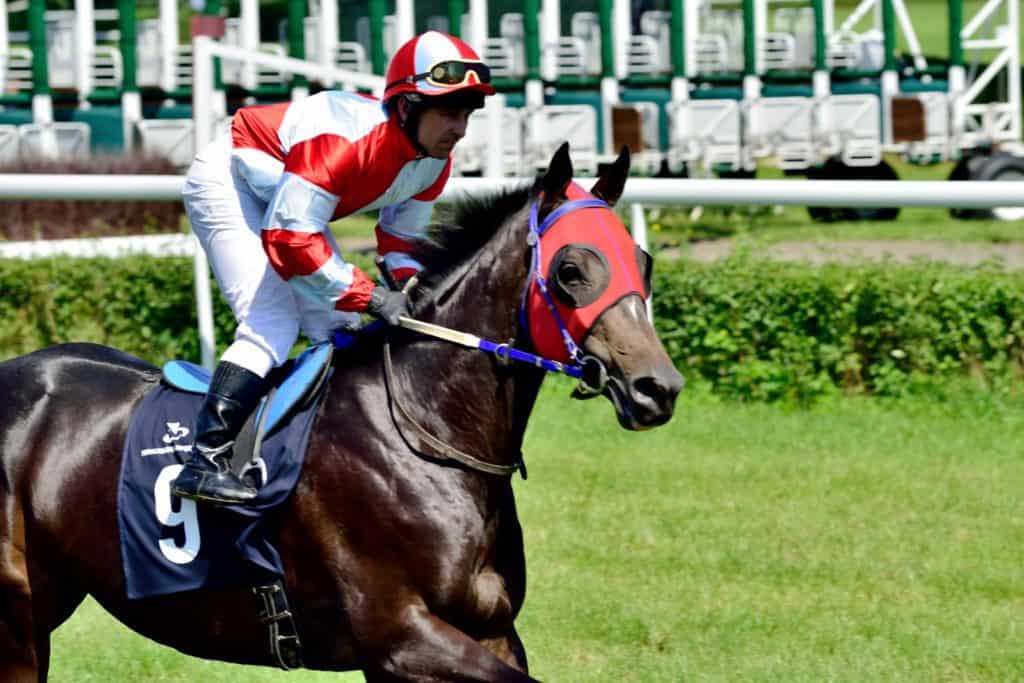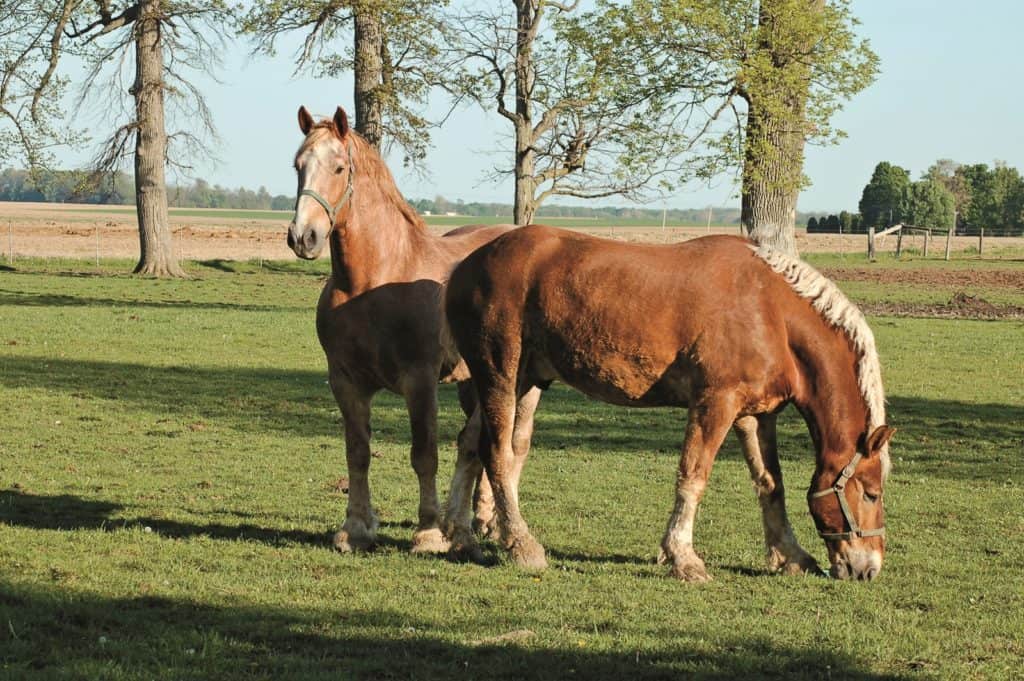

Learn the latest about this puzzling neuromuscular disease.

Hoof care experts discuss common equine foot issues, including club feet, underrun heels, and mismatched feet.

How do cheesecake, gelatin, and penicillin relate to a treatment for strangles? Dr. Anna Kendall explains.

Androgen receptor gene mutations can make a male fetus develop as a structurally sound filly, at least on the outside.

Find out how veterinarians and farriers rely on imaging to evaluate the horse’s hoof.

Researchers hope to track the progress and prevalence of radiographic abnormalities in yearling Thoroughbreds.

A seemingly minor ulcer can lead to the loss of vision or the eye itself if complications arise. Here’s what to know.

A farrier explains what a “normal” horse hoof is supposed to look like and how it affects shoeing.

Surgeons have honed a new approach to correct airway collapse in horses.

Find out how physics plays an important role in how the horse’s hoof works and adapts to force.

Rib fractures can cause problems even when there’s no history of trauma or obvious signs indicative of a fracture.

Several new studies were published as a free special collection in the Equine Veterinary Journal this month.

Researchers believe the Malva parviflora weed was behind the deaths of four Australian horses.

This could allow improved treatments and management for the disorder, as well as improved welfare for affected horses.

Researchers say studs have better-quality semen when housed next to other stallions before being stabled next to a mare.
The researchers are nearly ready to start analyzing data, but the surveys will remain online for a few more weeks.
Stay on top of the most recent Horse Health news with
"*" indicates required fields